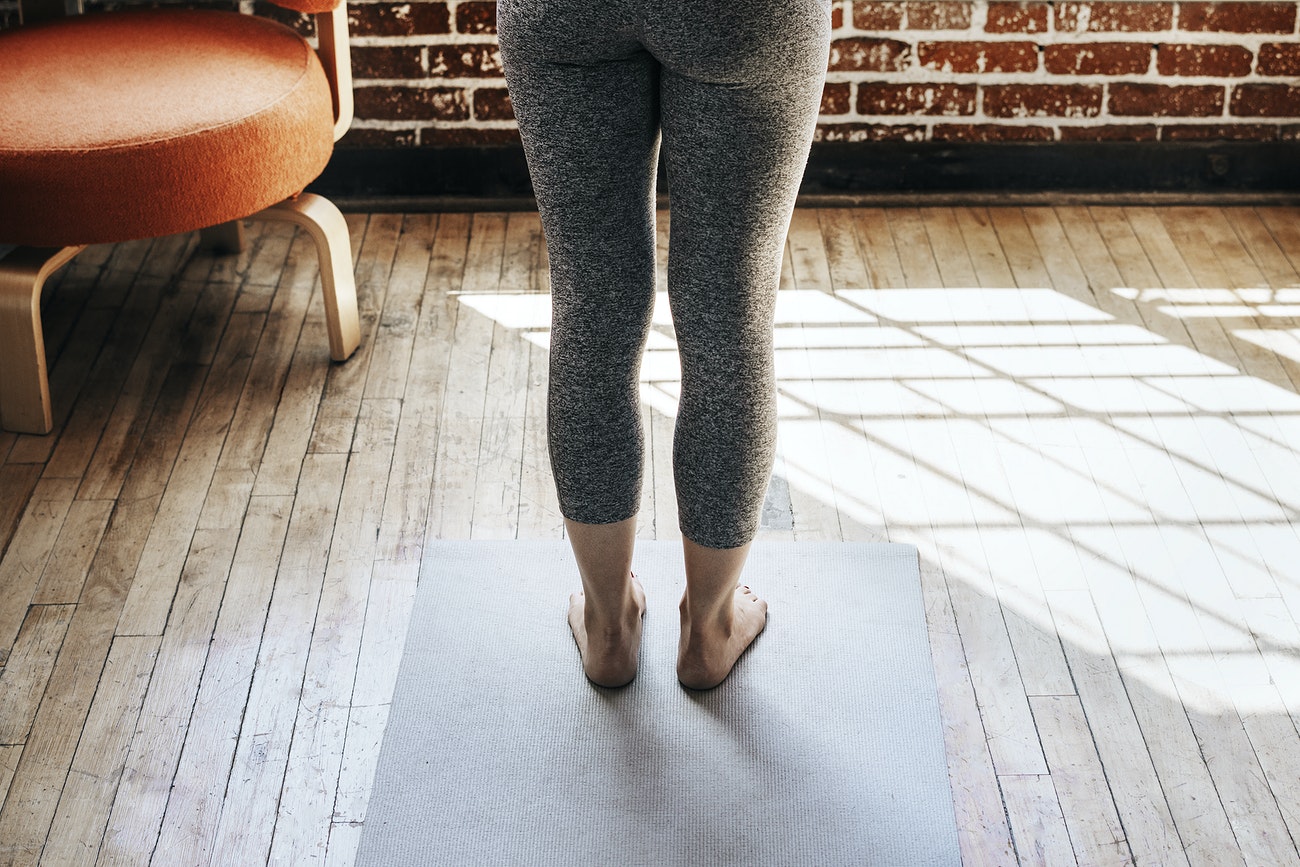
Breathing & Your Pelvic Floor
The Diaphragm is a thin musculotendinous sheet that attaches to the sternum, ribcage, and lumbar vertebrae. It serves as the floor of the thoracic cavity and the roof of the abdominal cavity. Its role in respiration is to drive inhalation by contracting and flattening so that the thoracic cavity can expand and the lungs can fill with air. When the diaphragm relaxes during exhalation, it rises and releases the pressure in the abdominal cavity.
We know that when the intra-abdominal pressure (IAP) combined with intravesical pressure (IVP) in the bladder becomes greater than urethral closing pressure (UCP), urine leakage can occur. The strength of the Pelvic Floor determines the UCP. When assessing and diagnosing stress urinary incontinence, the Pelvic Floor is often the first to be blamed. And the diaphragm is overlooked as a contributor to these issues. We can focus on doing all the Pelvic Floor exercises in the world to try and strengthen the Pelvic Floor, however, if we do not also address issues with the diaphragm and breathing, our Pelvic Floor Muscle Training may be in vain.
To test and differentially diagnose between Pelvic Floor weakness or diaphragmatic insufficiency there are a couple of methods that can be used.
The most effective way to assess the Pelvic Floor is to conduct an internal examination. A finger is inserted into the vagina and you will be asked to perform a Pelvic Floor contraction. The strength of the contraction can be graded on a scale of 0-5 with 0 being no contraction and 5 being a strong contraction. If the Pelvic Floor is on the stronger end of the spectrum, but stress urinary incontinence is still present during increases in IAP, we need to explore other potential causes including loading and breathing.
To test your breathing, take the longest and deepest possible breath in and time it. Follow it with the longest and slowest breath out that you can manage and time that as well. Compare your times to determine whether you are more inhalation or exhalation dominant. If you were able to take a longer breath in, but you struggled on the exhalation, it could mean that your diaphragm is tight and therefore creating a lot of pressure in the abdominal cavity.
This may be a consequence of chronic upper chest or shallow breathing as a result of stress or anxiety. Sometimes we may not even realise we are doing this breathing pattern.
If the diaphragm is tight, it means that it already sits lower and flatter at rest. When we take a deep breath in (i.e. before a heavy lift) it will contract even more. So we’ll be creating increased pressure in the abdominal cavity. If we are also “bracing our core” and “pulling our belly button in towards our spine” as is often cued, there is nowhere for the pressure to go except down onto the Pelvic Floor. This is known as “bearing down” when the role of the Pelvic Floor is to contract and lift up.
In order to correct this, we need to re-train our breathing pattern by consciously focussing on diaphragmatic breathing and full exhalation.
We can then begin to layer Pelvic Floor contraction and relaxation into our practice. Follow the instructions below:
- Lie on your back with your knees bent up at 90 degrees
- Take a deep inhalation and try to consciously relax your Pelvic Floor
- As you exhale, use one of the cues below to think about lifting and contracting your Pelvic Floor
- Repeat for 10 deep diaphragmatic breaths and end on an inhalation with PF relaxation.
Cues (visualise one of the following):
- Pelvic floor as a sling/elevator/hammock -> try to lift
- A ripple in a drop of water – do the opposite
- Do the opposite of a parachute opening-up
- Suck a thickshake up through straw with your vagina
- Hold in flatulence
- Stop the flow of urine mid-stream
For females who are into heavy lifting or powerlifting and use a belt, think about pushing your stomach out into the belt as you inhale. Combine this with “The Knack” technique to contract and lift the Pelvic Floor as you complete the lift.



